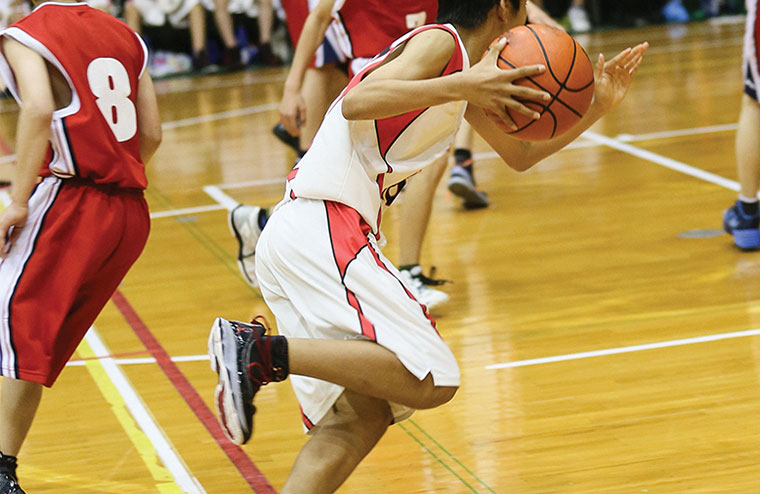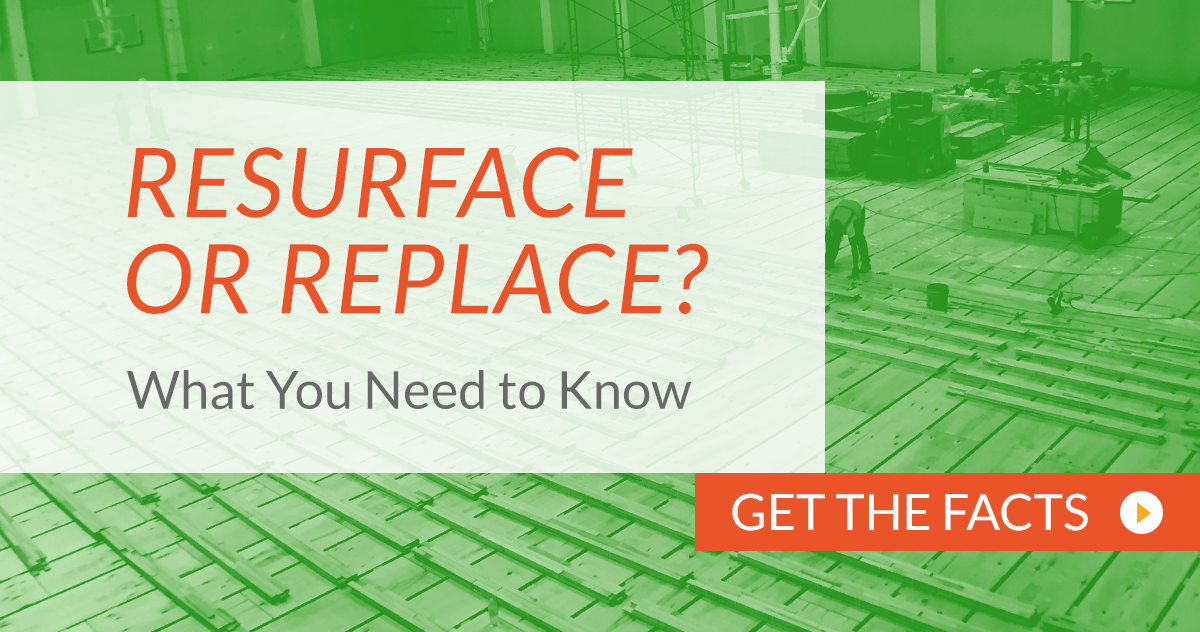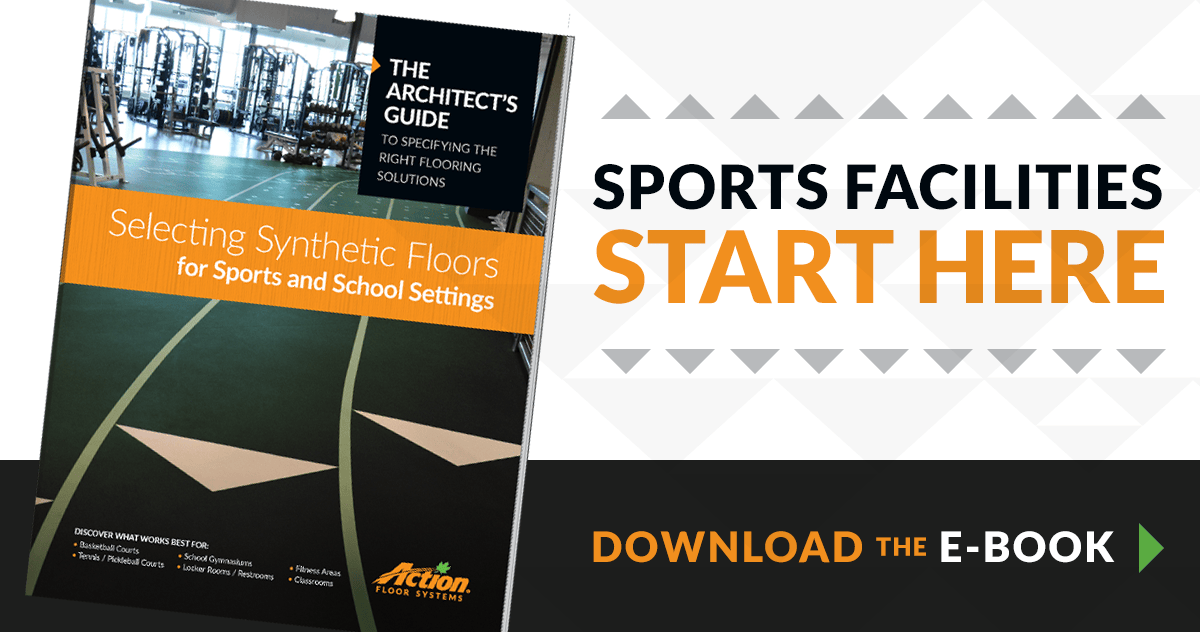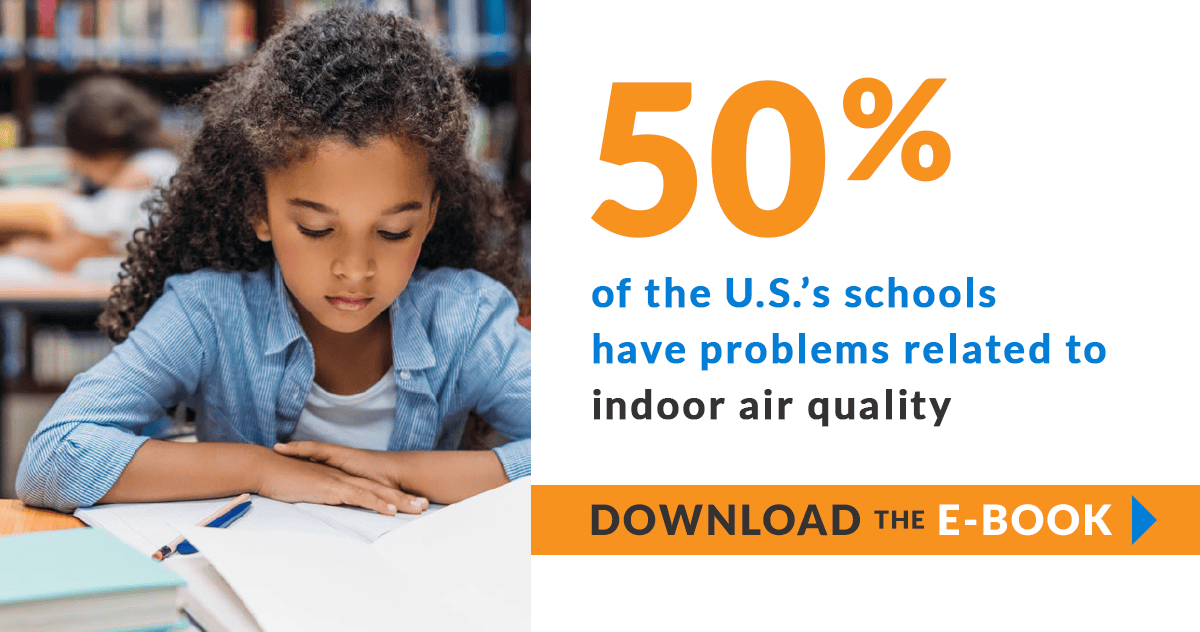
Fans cheering in the bleachers won’t think twice about the quality of a basketball court or any other sports surface for that matter. However, coaches, athletic directors, and the people who build sports facilities understand just how critical the floor beneath an athlete’s feet can be – both for performance as well as safety.
Whether you’re designing an indoor gymnasium with a hardwood floor for multi-sport use, or building an outdoor court with a synthetic surface, quality matters.
Medical experts in the sports world agree. A paper published by the American Academy of Podiatric Sports Medicine (AAPSM) explains the impact of surfaces on injury prevention.
“Different playing surfaces can also have an effect on injuries. Indoor wood courts offer the most shock absorption and are considered the safest courts, while outdoor courts of asphalt are more dangerous. Concrete courts are the hardest and most dangerous courts in relation to lower extremity injuries.”
There are guidelines for sports flooring safety, which are detailed in specifications from the American Society for Testing and Materials (ASTM) F2772. These standards were developed in 2009 and establish the minimum criteria for indoor sports floors in North America.
A quality surface won’t prevent athletes from ever getting hurt, but it can certainly reduce the likelihood of injury. Let’s take a look at the different factors used to make a safer sports floor.
A Quality Court is Easier on Joints
Sufficient shock absorption is crucial in a good sports floor. That’s what helps reduce long-term injuries among athletes of all ages.
The AAPSM explains that athletes can suffer acute injuries from things like landing wrong, running into another player, or falling. These types of injuries are accidental and hard to prevent. They’re also less common than chronic injuries, which are typically the result of overuse.
A floor with good shock absorption will be easier on an athlete’s joints and help preserve the body.
Basketball is the perfect example of a sport that can be hard on the legs. Players are constantly running, jumping, cutting, and pivoting. Installing a quality sports surface helps preserve joints and ligaments in feet, ankles, and knees. That’s especially important for younger athletes who are still growing and developing.
ASTM F2772 criteria states shock absorptions should be a minimum of 10 percent, although shock absorption greater than 22 percent should be used for competitive sports. The higher the percentage, the higher classification is awarded to the surface. Anything under 10 percent is considered non-compliant.
Keep in mind, the hardness of material is not a measure of shock absorption. This depends more on the type of subflooring used.
A Quality Sports Floor Has the Right Amount of Give
The ASTM standards use the term “vertical deformation” to describe the give a sports surface provides. It measures the ability of a floor to adjust as an athlete jumps or falls on the court.
It’s important to make sure your floor has the right amount of give for the type of activities that will take place on it as well as the age of athletes using it. Not enough vertical deformation could lead to an increase in acute injuries, but too much may impede performance and decrease stability.
ASTM F2772 dictates that synthetic sports floors can have a maximum vertical deformation of 3.5mm, while a wood sports floor may have a maximum vertical deformation of 5.0mm.
According to LiveStrong.com, quality maple floors, which Action Floor Systems® is known for manufacturing, tend to have the amount of give that many athletes prefer.
A Quality Sports Surface Provides Better Traction
Another way injuries can occur in sports is from slips and falls on surfaces that fail to provide proper traction or, in some cases, too much friction.
ASTM F2772 defines a flooring system’s sliding effect, or coefficient of friction, as the level of grip and slide in all directions. A quality sports surface allows for safe and easy movement in all directions.
Again, you’ll want to consider how the area will be used when choosing the right flooring option. Recycled rubber flooring may be ideal for a weight room, but for sports like basketball, indoor soccer, and volleyball, this option would provide too much coefficient of friction.
Standards indicate compliant surfaces will have a sliding coefficient value between 80 to 110.
Maintaining a hardwood sports floor after it’s installed is also an important step in avoiding slips and falls. An article from Athletic Business magazine suggests daily dust-mopping and regular cleaning with a solution recommended by the flooring manufacturer.
“Beyond that, the floor should be screened and recoated once a year, and sanded down to bare wood, resealed, repainted and refinished every 10 to 15 years.”
A Quality Sports Floor Improves Playability and Reduces Noise
The final criteria detailed in ASTM F2772 tests ball bounce, or ball rebound, which measures the accuracy and uniformity of a ball’s behavior on the surface. You want a responsive floor that provides a good bounce for ideal playability.
Ball rebound is measured in comparison to the height of the bounce on a concrete surface. Your floor should also provide consistent bounce throughout the court. This way, athletes won’t be caught off-guard by uneven responsiveness on different areas of the floor.
ASTM standards require a minimum of 90 percent rebound height in all categories.
Distractions during gameplay can also lead to accidental injuries. One way to avoid that is by reducing noise in a gymnasium as much as possible.
This can be achieved through installation of the right kind of underlayment in the subflooring. Of course, architects and designers will also want to consider the overall acoustics of the building in which the flooring will be installed.
Trust Action Floor Systems® for Expertise
If all these standards, requirements, and considerations have your head spinning, don’t worry, that’s why we’re here. Action’s experts can help you determine the right sports surface for your upcoming project. Learn more about key performance attributes for hardwood courts in another Action Floors’ blog post.
Whether you’re replacing a flooring system or building an entirely new athletic facility, Action has the flooring solutions you need. Our wide range of products offer options that are ideal for everything from elementary schools to professional competitive play, indoor gyms, and outdoor sports courts.
Contact Action today with questions about how to choose the right floors for your facility. We can help you find the specifications you need for planning purposes and point you in the direction of a trusted flooring dealer in your area. Call 1-800-746-3512!





















